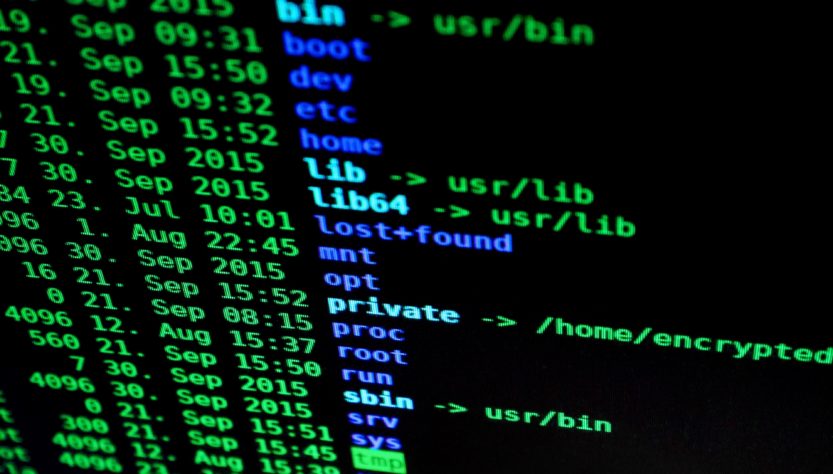Understanding the Command Line Interface and its Functions
Many people are still wondering, what is CLI? Simply put, CLI is an acronym for command line interface. Despite its many uses, not everyone is familiar with the CLI. Even for novice users, the CLI is too sophisticated for them. It is more suitable for use by professional and experienced users. However, this opinion is not always true. Command Prompt is also powerful because it can manage many things in the Windows operating system: Change directories, directory lists, content, etc. Manage networks, such as displaying IP network settings. Manage files, such as renaming them, moving them, etc. Managing media, such as formatting and changing volumes
Syntax usage in Command Prompt:
Changing directory To navigate to a directory or folder at the command prompt, use CD [path]. Put a space in front of the path. Example:
CD C:\Program FilesRename files
To rename files in a folder, use REN [drive:][path] [source] [target]. If you add a folder name, the renamed files will be saved in that folder. Example:
REN d:untitled.txt untitled1.txtDeleting files
To delete a file in the command prompt, use DEL [filename]. If you want to add an option, such as force deletion, put it in front of the filename. Example:
DEL /F untitled.txtRename disk volume
To rename a specific disk volume, use LABEL [drive:][new volume name]. You can use up to 32 characters on an NTFS volume and 11 on a FAT volume. Example:
D:\ > LABEL d:MyData
Bash
Bash is an acronym for Bourne Again Shell and was developed by the Free Software Foundation. Bash is the type of shell used on MacOS and various Linux distributions. This tool can also be installed on Windows 10. On Linux, the Bash shell is one of the many shells that Linux users can use. Other shell types are the Tchs shell, the Ksh shell, and the Zsh shell. While there are many commands to use with the CLI, they generally fall into two categories: Commands to handle or manage processes Commands to handle or manage files. To understand the command syntax in MacOS, study the following examples:
- Make a list of all the files in the folder
To see files that are in a specific folder, use Is. The default command will exclude hidden files. To show all files, add -a. Example:
ls -a
- Change directory
To move to a directory, use cd destination. Example:
cd ~/Desktop
- Rename files
To rename a file that is in a specific folder, use mv source destination. Include the file name and its extension in this command format. Example:
mv ~/Desktop/untitled.rtf ~/Desktop/untitled1.rtf
Conclusion
Many people say that the CLI is a complicated tool and is more aimed at advanced users. But actually, the CLI can be used by those who are still beginners. Even today, most operating systems combine a command line interface with a GUI – considering the role of the CLI is still very important. In addition, CLI also has many advantages over GUI because: It does not need a lot of resources, it is precise and accurate, it is able to handle sophisticated repetitive tasks
The need for digital IT is needed in daily activities, Bead IT Consultant is the right choice as your partner, visit our website by clicking this link: www.beadgroup.com

